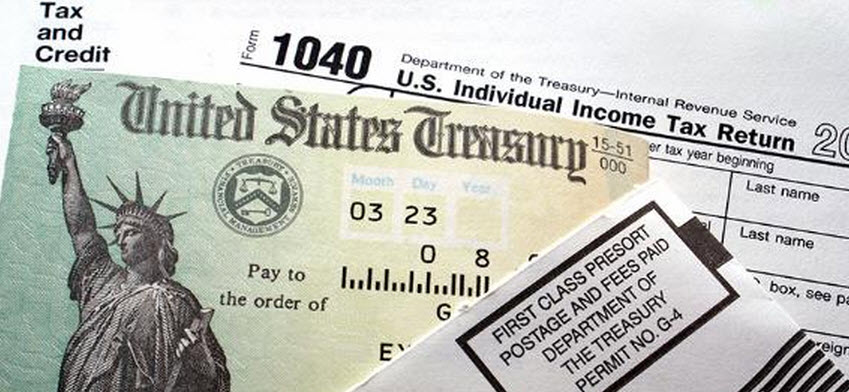Low Income Tax Credits Explained
In the US, there are a few different low income tax credits, which can make a major impact on low income families’ finances. In fact, the Earned Income Tax Credit has helped over 6 million Americans increase their financial standing, moving them out of the poverty income bracket. It is the single largest tax credit for low income families, couples or singles.
Earned Income Tax Credit (EITC)
This tax credit is significant for those that qualify and provides a refundable tax credit that increases the income for low income families by giving tax reductions and cash disbursements. Its purpose is to provide low income families a benefit from working and making work more appealing then welfare. Funds received from the EITC are also not considered income for any federally funded public benefit program, such as Medicaid, Supplemental Nutrition Assistance Program (SNAP, food stamps), low-income housing benefits, or even most assistance received through state run TANF programs.
This is important, as it will not affect other benefits that you may be receiving. Speaking to a free financial counselor can help with any questions you may have prior to applying.
The tax credit or cash disbursements of EITC can provide significant cash benefits to all segments of low income families and individuals. In 2013 the IRS estimated that 28 million citizens benefited from over $66 billion in refundable credits from EITC.
Eligibility
To be eligible you must meet the following:
- You must file jointly if married and have a SSN valid for employment
- You must earn income from working for someone else, or earn income from a business or farm that you own
- You must be a US citizen or resident alien for the entire year
- You must not be a dependent of another tax filer
- You cannot have foreign income
- You must meet the earned income and investment income limits
- You must have a dependent child or be a resident in the US between the ages of 25 -65
Possible Credit
If you are on a low income, qualifying can provide a sizable financial injection to your monthly budget. Income limits to qualify depend on your status but for a single person without children the income limit is $14,590 while a married filing jointly couple with 3 or more children’s income limit would be $52,427 for the 2014 tax year.
The maximum credits, if you do qualify for EITC would be as follows:
- Single/Filing Jointly, no children, $496
- Single/ Filing Jointly, 1 child, $3,305
- Single/ Filing Jointly, 2 children, $5,460
- Single/ Filing Jointly, 3 or more children, $6,143
For large families it can add almost 12% after-tax income to your budget or over $500 a month to help offset child care costs.
Four Other Large Tax Credits
The American Opportunity Tax Credit provides a credit of up to $2,500 per year for tuition and course materials form qualifying educational institutions or programs, for low to moderate income families.
The Lifetime Learning Credit is available to anyone looking to upgrade their credentials and does not have to be a degree program. It allows up to $2,000 per year per student.
Child and Dependent Care credit is meant to help families dealing with the high cost of child or dependent care and trying to work at the same time. With up to 35% of expenses eligible for credit it can make a big impact on a struggling family.
The Savers Tax Credit helps Americans save for their retirement with a benefit of $1,000 for singles and $2,000 for couples filing jointly.
Over $15,000 in tax credits are available to low income families through these programs. This does not include the HUD’s Low Income Housing Tax Credit program for affordable housing.

